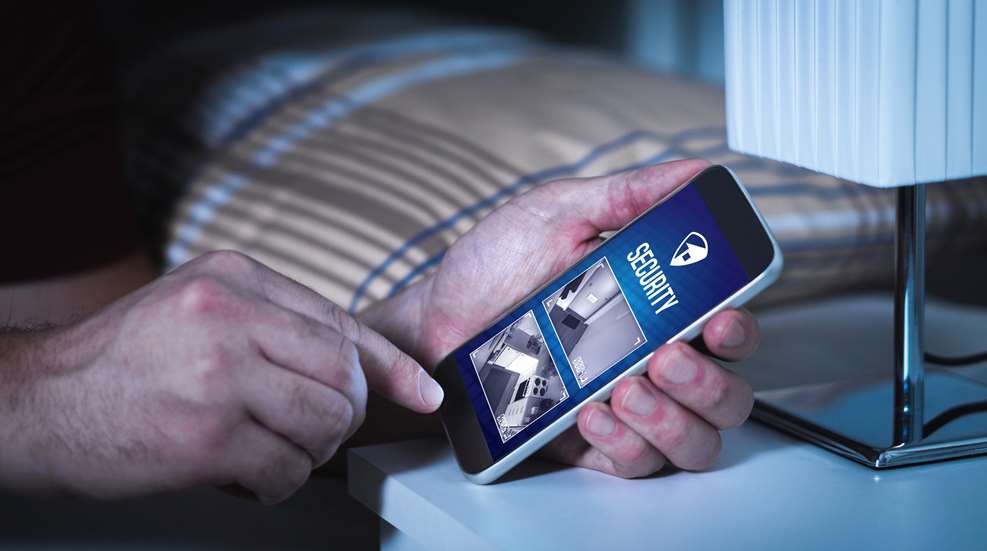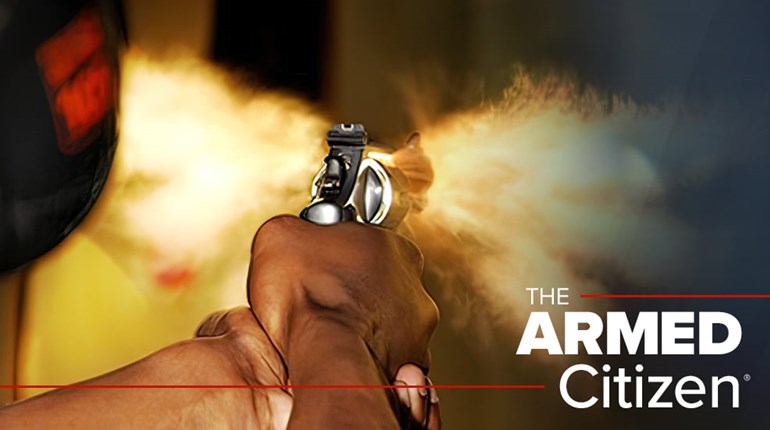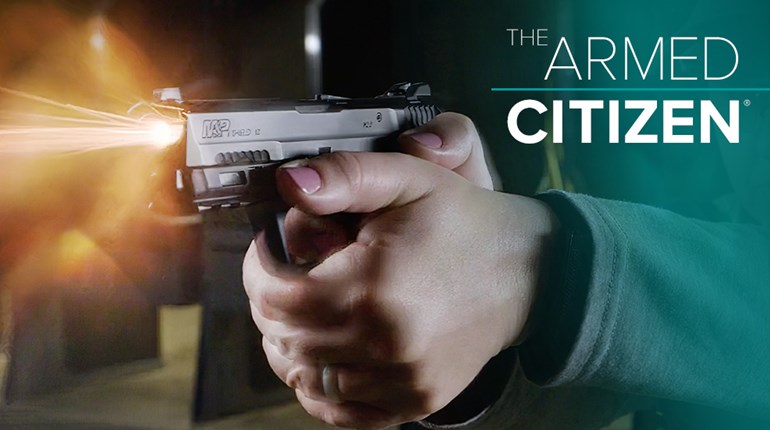
As an employee of the CIA who was about to be deployed to a war zone, the days before my departure were frantic: updating wills, packing gear, gathering passwords … and spending what turned out to be some very critical time with my family. Thankfully, I had made a conscious decision to take a few minutes in the midst of the frenzy of tasks, and run a home-invasion drill with my wife and kids.
The focus of that drill was that someone was trying to enter the house at night. With my U.S. Army Lieutenant son, we made my wife and other teenaged son do a walk-through on their actions, and we talked about each step.
“OK, you hold the handgun and stand here. Have our son stand there and control the kids. He can hold the other handgun if necessary. Keep a straight trigger finger until you have your sights on a target. Don’t flag anyone in the room with your firearm. Don’t wake the kids if you don’t need to. Remember, that if any shots are fired, it will sound extremely loud, or alternatively, auditory exclusion could occur and you might not hear anything. Only shoot at an identified target.” And so on. It only took about 15 to 20 minutes to run through it a couple of times.
None of us ever imagined we would ever need to enact the plan—our home was in a beautiful, crime-free, high-income area. And yet, it happened. There I was, thousands of miles away, watching helplessly on my security cameras as my wife and son did exactly what we had practiced after being awakened from a deep sleep by three would-be home invaders. The lesson was clear. Even a few minutes of forethought can make all of the difference between life and death in a high-stress situation. Why is this? In a moment of high stress or violence, our brains go through a cycle: disbelief (I can’t believe this is happening); deliberation (what should I do?); and action (usually freeze, flee or fight). In any high-stress situation, we want to get through this cycle and arrive at action as quickly as possible.
Even a few minutes of forethought can make all of the difference between life and death in a high-stress situation
Under stress our heart rate increases. Studies have shown that soldiers can perform at a high level between 115-140 beats per minute (bpm). But beyond 140 bpm, our ability to think and function starts to deteriorate. By 200 bpm and above, our ability to think at all is highly impaired—the animal brain takes over, and our ability to use fine motor skills like reloading a handgun magazine or even dialing 9-1-1— deteriorates significantly. This is debilitating panic and fear. So how to reign that kind of fear in? The answer is quite simple: breathe. Just about every physical endeavor, from giving childbirth to meditation and sport, is made more manageable through some kind of controlled breathing. In a high-stress situation, this would entail a simple breathing technique of exhaling through your mouth for three or four beats; hold for two beats; and inhale through your nose for three or four beats. Just a couple of cycles can bring down your heart rate enough for you to make a rational decision for action.
If you understand this, then you can incorporate these factors into your drill. Have your family practice what they would do in various scenarios. These scenarios should include home intrusions and also what to do in the event of a natural disaster. Conduct several slow walk-throughs until you have a basic plan in place.
Why should you do this slowly? When we are under stress our brains go through their list of experiences at the speed of a supercomputer attempting to find a solution to arrive at a course of action. Those who have no experience to draw from will most often freeze. Those who have experience will likely default to that experience. We naturally resort to our lowest level of training. Moving slowly will better imprint that experience into our brains. In the same vein, visualization is a powerful tool to use when working through your “what if” scenarios.
Consider how to access any firearms or other weapons, where to stand, and how to call for help. Discuss the physical aspects of fear with your family so they will recognize it when they feel it. Teach them how to bring down the heart rate through measured breathing. Impress upon them that controlled breathing will have an immediate, positive impact on their ability to think and act under any kind of stress.
... controlled breathing will have an immediate, positive impact on their ability to think and act under any kind of stress.
This is also a good time to work through any issues that might crop up. Is there a medical kit in the house? Is it accessible, and is everyone versed in the basics of stopping a bleed? Can the kit handle one or more gunshot wounds? This is the time to work it out and imprint your anticipated actions into your body of experiences. This kind of rehearsal for what could possibly be the worst moments of your, or your family’s lives is well worth the investment for the relatively small amount of time that it takes. After all, you wouldn’t want to consider what to do in the worst 15 seconds of the worst day of your life, as it’s happening.
When I left for Afghanistan, I had in place an alarm system for my doors and windows and, of course, our very rudimentary family drill. When I returned, I invested in motion-detection lights and additional cameras to augment the security system. If firearms are a part of your plan, you must practice enough to be proficient under duress and consider how you will store them—especially if you have children, because they will definitely find your hiding places. I favor furniture concealment devices that will allow you to hide the firearm and store it so you can retrieve it in seconds. Again, sound education for the children with respect to firearms is paramount.
My wife always had a pretty good sense of situational awareness. Like an inoculation, this incident served to validate some of her thoughts about self-protection—and it also inspired her to increase her skill sets. She learned the basics of Injury Dynamics, a combatives style created by Chris Ranck-Buhr in San Diego, California, that I study and teach. She became even more invested in honing her situational awareness and running “what if” scenarios, and we joined a reputable firing range to obviate our previous reliance of shooting on a friend’s property. And yes, we still do family drills—only we take them a bit more seriously now.
Read Part 1 of this story: PracticingHomeDefenseWhileDeployed.
About the Author: Robert Montgomery was an Operations Officer in the CIA for 34 years and served in some of the most dangerous locales on the planet. He’s also a former Marine and the founder of Guard Well Defense, LLC. Robert teaches training courses such as “Combatives for Women,” “Improvised Weapons,” and “Street Smarts for Students and Business Persons,” designed to help anyone mitigate and deal with unexpected violence. He is the father of six wonderful children and husband to an amazing wife. He will publish a book on self-protection in the summer of 2020 called, “Seconds to Live or Die—Life-saving Lessons From a Former CIA Officer.”















































